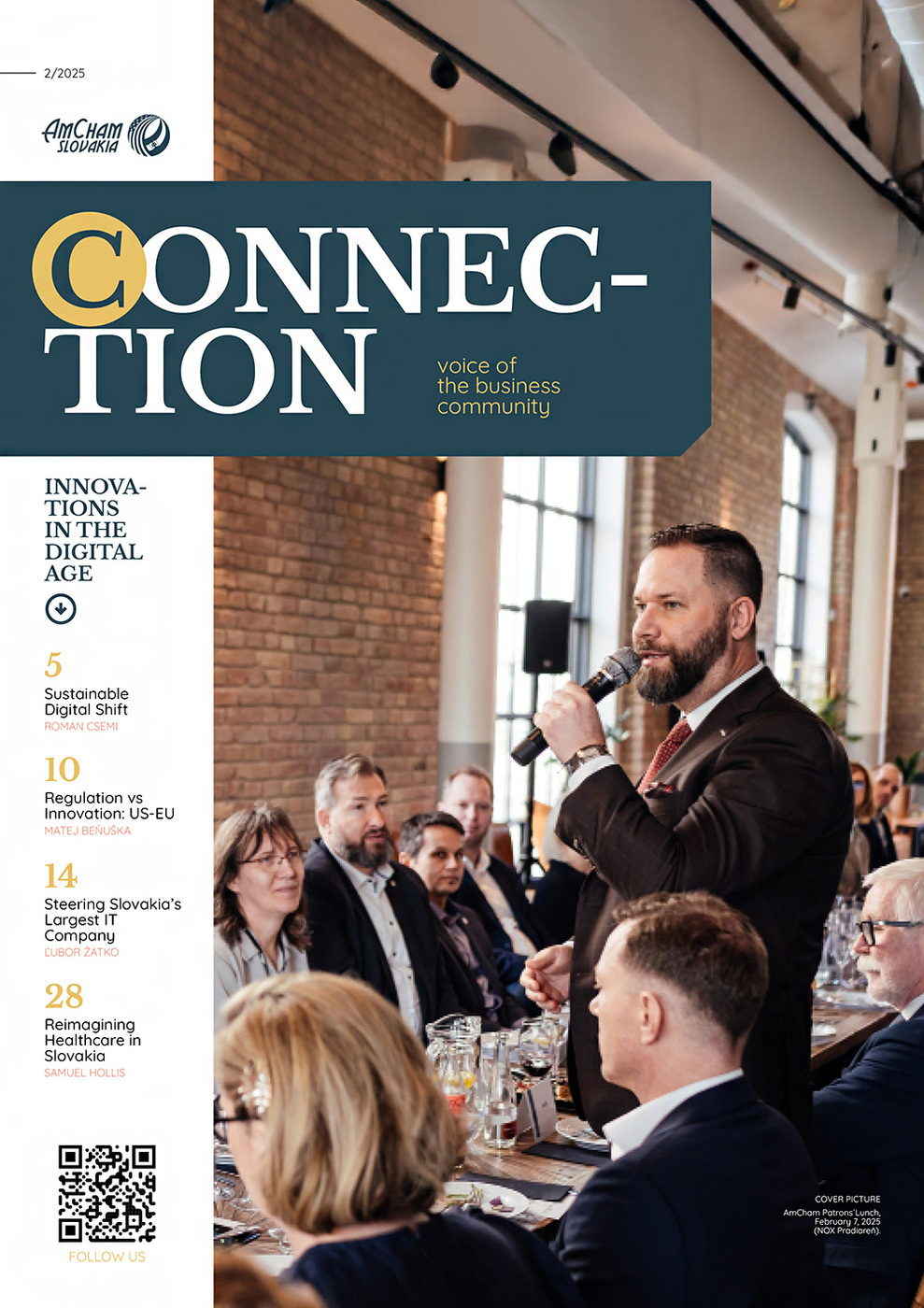This scenario repeats itself with every technological revolution: the “pioneers” who successfully integrate a new technology into their business models benefit significantly from the change. In the case of AI, technology companies and specialists are in this position. However, as AI becomes more widely adopted, market saturation will occur gradually but swiftly. AI will significantly lower the barriers to entry into profitable industries, simplifying the use of technology and reducing the need for “specialists.” The technical and professional barriers will decrease significantly. Regardless of regulatory barriers, which may increase due to lobbying pressure, AI as a technology will remain widely accessible.
AI will make it easier to establish a legal, IT, or creative production company, leading to increased competition and lower service and product prices. Margins will decline, particularly in highly profitable sectors, and services that were previously specialized will become commoditized. Professional tasks, especially white-collar jobs, will become simpler and accessible to more people. Companies aiming to maintain profitability will have no choice but to reduce costs.
As mentioned, this pattern is not new, and history shows no reason to fear disaster due to lower prices and reduced profitability. A prime example is Uber, which enabled anyone to become a taxi driver through technological innovation. The result? Taxi fares and drivers’ earnings declined. However, customers benefited from better service quality and improved accessibility—both financially and geographically.
Should we mourn the reduction of profit margins due to AI? Certainly not. AI offers vast opportunities for developing new services and products and enhances scalability. While our gross margin percentage may decrease, we still have a strong chance of increasing absolute net profits. However, this requires a shift in business models—otherwise, companies risk failure.
AI Can Simultaneously Improve Quality and Efficiency
Most businesses and business models involve conflicting “drivers” that are difficult to optimize simultaneously. For example, in auditing (and services in general), two key pillars are quality and efficiency. Every firm seeks to balance these two; however, improving one often comes at the expense of the other. The most successful firms are those that deliver high-quality services very efficiently.
When asked how AI will impact auditing and consulting services, my response is that we aim to leverage AI to enhance both quality and efficiency simultaneously. Quality is improved through automatic error detection and comparison with high-quality audit files and methodologies. Efficiency is enhanced by automating audit procedures in three phases: first, incrementally, through minor “copilot-style” improvements; second, by scaling changes; and third, by full automation.
The advantage of AI is that it eliminates the need to compromise between quality and efficiency. AI can improve attributes that are naturally conflicting for humans in parallel. Here are a few examples:
- Healthcare: Traditionally, there has been a trade-off between personalized patient treatment and treating the largest number of people efficiently. AI analyzes data to personalize treatment plans while simultaneously simplifying administrative processes and improving overall efficiency.
- Manufacturing: AI addresses the trade-off between customizing products to individual needs and maintaining efficient production by adjusting production lines in real time through advanced algorithms—without sacrificing efficiency.
- Energy Sector: Companies must balance production with environmental sustainability. AI predicts energy demand and adjusts production accordingly while identifying ways to increase energy efficiency and reduce emissions.
- Finance: The trade-off between risk management and customer service can be mitigated by AI. AI assesses risks more accurately than humans using vast amounts of data while providing personalized customer advisory services.
- Agriculture: Farmers aim to maximize crop yields while maintaining sustainability. AI analyzes soil, weather, and crop data to optimize planting, harvesting, irrigation, and fertilization for both yield maximization and environmental sustainability.
- E-Commerce: Online retail platforms seek to provide personalized shopping experiences while managing logistics efficiently. AI personalizes product recommendations for individual users while optimizing logistics for timely delivery.
- Telecommunications: Companies strive for high-quality services while minimizing infrastructure costs. AI optimizes network performance and predicts maintenance needs to ensure quality without excessive expenditures.
- Real Estate Investment: The challenge is to balance risk with returns. AI predicts market trends and property value developments, helping investors make informed decisions without sacrificing potential returns for safety.
These examples frequently highlight inherently conflicting dynamics such as quality vs. efficiency, personalization vs. standardization, or profit maximization vs. sustainable management. While these constraints naturally limit human-driven progress, AI has the potential to improve them concurrently. Regardless of the industry, transformational changes driven by high-quality data collection, a long-term AI strategy, and data-driven decision-making are inevitable. Therefore, every manager should consider how AI can be leveraged to become a leader in their sector. One thing is certain: competition in this space will not stand still, and with relentless 24/7 computational power, companies that fail to adapt may fall behind. Only those prepared for this technological revolution will ultimately thrive.
Filip Tichý, Partner, Grant Thornton Slovakia



Follow us